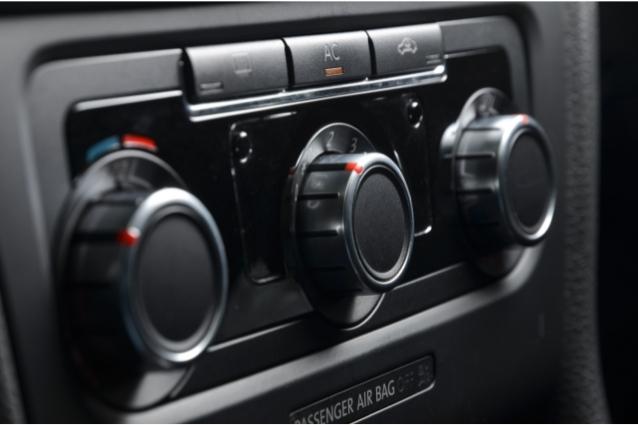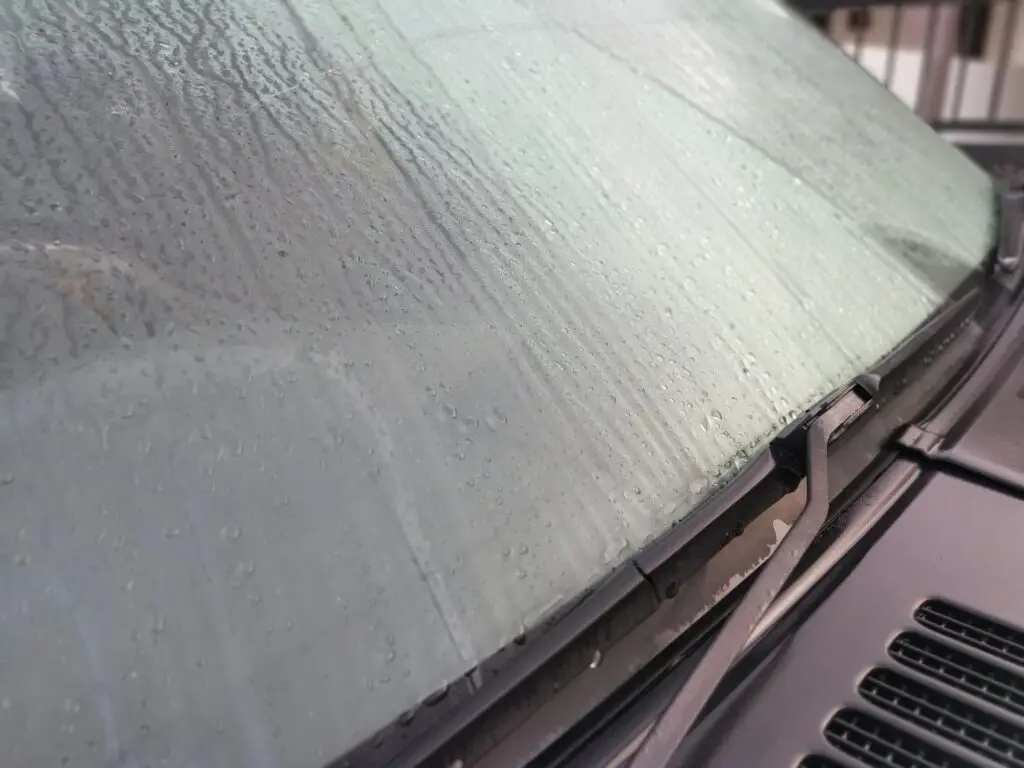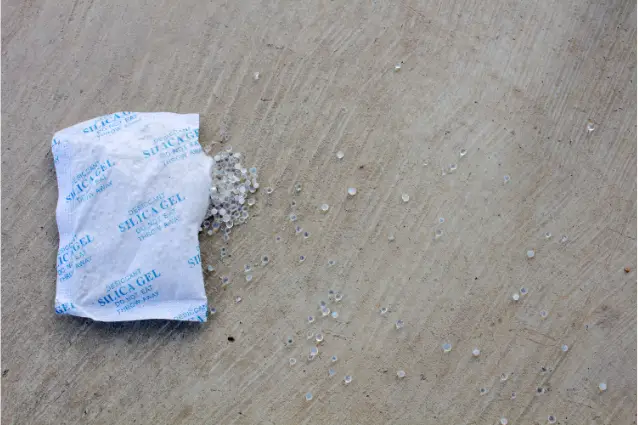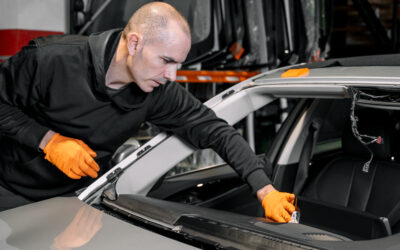When you step outside on a cold winter morning, you may notice that the inside of your windshield is covered in a thin layer of fog. This phenomenon is caused by the temperature difference between the cold air outside and the warm air inside your car. As the warm air hits the cold glass, it condenses into water droplets, creating fog.
In this blog post, we’ll discuss all the necessary steps to defog your windshield both inside and outside and explain how you can help prevent this from happening.
How To Defog Your Windshield From Inside

In the winter, it’s not uncommon for your windshield to fog up, making it difficult to see while driving. There are a few different steps that will help defog your windshield from the inside:
Step 1 – Turn on the air condition (A/C) and warm air
It could be your best and most effective weapon against foggy windows if you have an air conditioning system in your car. One of the purposes of this system is to remove humidity from the air. Simply set the air temperature to “Hot,” activate the vents under the windshield and turn the cabin blower fan on!
Advice: If you have an older vehicle, try to avoid using your cabin blower fan at full speed. This can drastically decrease the lifespan of interior heater components like the blower fan itself and the heater blower resistor. Use no more than 3/4 from the full speed instead.
Step 2 – Be sure the air recirculation button is turned off
Colder air can absorb and hold less moisture than hot air. If the temperature outside is lower than inside the car, you want your air recirculation button to be turned off. By doing that, you open a hole behind the blower fan and let air from outside get into the vehicle.
Cold, moisture-free air will be heated with your heating system, and mixed with existing air inside the car, lowering the overall amount of wet air in your vehicle.
Advice: Avoid driving with turned-off air recirculation for an extended period (more than 15-20 minutes), especially when you’re not alone. When the air inside your car is not circulating, levels of oxygen in it slowly go down due to its consumption by our bodies. Low oxygen and high CO2 levels inside the vehicle can lead to loss of concentration and dizziness.
Step 3 – Crack your side windows
Opening your car’s windows lets fresh air get inside the car, just like in the previous step. This will help to overall ventilation of the car and open the way for warm, humid air to escape the vehicle, as warm air is always more light than cool air.
Advice: Close the windows as soon as the fog is gone. Driving with open side windows will increase the car’s fuel consumption by making the car less aerodynamic.
How To Defog Your Windshield From Outside

When the air inside the car is cooler than outside, this can lead to fog outside the windshield. There are easy steps that will help you with this problem:
Step 1 – Turn on windshield wipers
If you notice that your windshield is fogged from the outside, simply turn on the wiper blades. The blades will help to push the fog away from your line of sight, so you can drive safely.
Step 2 – Blast windshield with hot air
As mentioned above, the temperature difference between the cabin and outside air is the culprit of windshield fogging. Turning on the car’s heater will equalize these temperatures, making fog disappear. And remember to point hot air on the windshield. That will make the process much faster.
How to Prevent Windshield From Fogging

While it seems like there is nothing more to do than defog your windshield every time it happens, you can still take some simple actions to minimize fog accumulation on the car windows:
Step 1 – Use a silica gel package to absorb moisture in the air
One way to combat this problem is to use silica gel packets. Silica gel is a highly absorbent material that can help reduce the air’s moisture levels. Simply place a few packets under the seats or in other areas of the car, and they will work to absorb moisture from the air. As an added bonus, they can also help to reduce unpleasant odours.
Step 2 – Clean your windshield from inside and outside
Be sure to clean both the inside and outside of your windshield regularly. Any dirt, dust, or grime that builds up on either surface can contribute to fogging. This happens due to dirt particles can absorb moisture.
To make it easier, before leaving the car overnight, clean outside of the windshield with sprinkler and wipers so you’re sure there is not much dirt left on your line of sight.
Step 3 – Use anti-fog spray
These Sprays work by creating a thin film on the glass that prevents water molecules from bonding and condensing. As a result, your windshield will stay clear, even in humid or cold conditions.
Anti-fog sprays are available at most auto supply stores and are relatively easy to apply. So if you’re tired of dealing with a foggy windshield, pick up a bottle of anti-fog spray and give it a try.
Conclusion

All the methods mentioned in this article are easy to do and work perfectly. We have tried all of them, and they worked for us, so you can trust them.
The best part about these methods is that almost none of them require any special tools or materials(besides anti-fog solution), so you can do them anywhere, anytime. Which method are you going to try first? Let us know in the comments!




